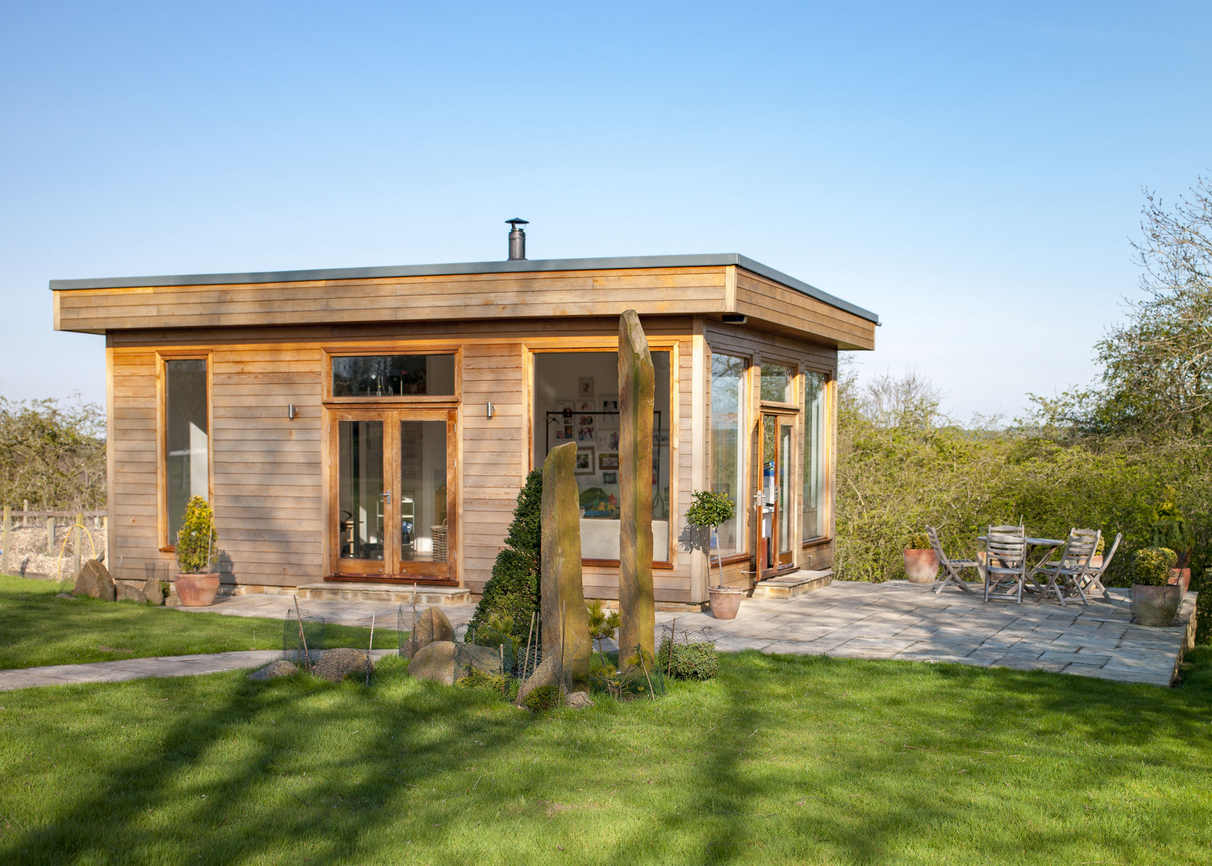As the world continues to evolve, so does the way we work. More people are now working from home than ever before, and the need for a dedicated workspace has never been more important. One solution that is gaining popularity is the garden office. A garden office is a separate workspace located in your garden, providing a quiet and serene environment for you to focus on your work.
But what exactly is a garden office, and how can you create one? In this guide, we will delve into everything you need to know about garden offices, from the benefits they offer to the steps involved in setting one up. So, whether you’re a freelancer, a remote worker, or just someone looking for a peaceful place to work, read on to discover how a garden office could transform your work life.
Understanding the Concept of a Garden Office
A garden office is essentially a small building or structure located in your garden that serves as your workspace. It’s a dedicated space for work, separate from your main living area, which can help to create a clear distinction between your work life and home life. Garden offices come in various shapes and sizes, from compact pods perfect for solo workers, to larger structures that can accommodate a small team.
One of the main advantages of a garden office is the flexibility it offers. You can design and customize it to suit your specific needs and preferences. Whether you need a quiet space for writing, a creative studio for your art, or a professional setting for video calls, a garden office can provide the perfect solution.
Benefits of a Garden Office
There are numerous benefits to having a garden office. Firstly, it provides a dedicated workspace that is free from the distractions of home. This can lead to increased productivity and efficiency in your work. Secondly, a garden office can help to create a healthy work-life balance. By physically separating your work and living spaces, it’s easier to switch off from work at the end of the day.
Additionally, a garden office can add value to your property. It’s an attractive feature for potential buyers, particularly those who work from home. Finally, a garden office allows you to enjoy the beauty of your garden all year round. You can take advantage of the natural light and serene surroundings, which can boost your mood and creativity.
Setting Up Your Garden Office
Setting up a garden office involves several steps, from planning and design to construction and furnishing. It’s important to consider each step carefully to ensure that your garden office meets your needs and enhances your productivity.
Before you start, consider the size and layout of your garden. You’ll need to ensure that your garden office doesn’t take up too much space or obstruct any views. You’ll also need to consider the location of utilities such as electricity and internet, as well as any planning permissions that may be required.
Designing Your Garden Office
The design of your garden office will largely depend on your personal preferences and the nature of your work. You might want a minimalist design with a desk and chair, or you might need a more complex setup with multiple workstations, storage, and meeting areas.
Consider factors such as lighting, ventilation, and insulation. Natural light is ideal for a workspace, but you’ll also need adequate artificial lighting for darker days and evenings. Ventilation is important for maintaining a comfortable temperature, while insulation will ensure that your garden office is usable all year round.
Constructing Your Garden Office
Once you’ve finalized your design, the next step is construction. You can choose to build your garden office from scratch, or you can opt for a pre-fabricated model. Both options have their pros and cons, so it’s worth researching each one to determine which is best for you.
If you’re building from scratch, you’ll need to source materials and possibly hire a contractor. This can give you more control over the design and quality of your garden office, but it can also be more time-consuming and costly. Pre-fabricated models, on the other hand, are quicker and easier to install, but you may have less flexibility in terms of design and customization.
Maintaining Your Garden Office
Once your garden office is set up, it’s important to maintain it properly to ensure that it remains a productive and enjoyable workspace. This includes regular cleaning and tidying, as well as more specific tasks such as checking the insulation and weatherproofing, particularly in the colder months.
It’s also worth considering security measures for your garden office, especially if you’re storing expensive equipment or sensitive information. This could include locks, alarms, or even CCTV.
In conclusion, a garden office can provide a fantastic solution for those working from home. It offers a dedicated workspace that can boost productivity and work-life balance, and it can also add value to your property. With careful planning, design, and maintenance, you can create a garden office that perfectly suits your needs and enhances your work life.
















